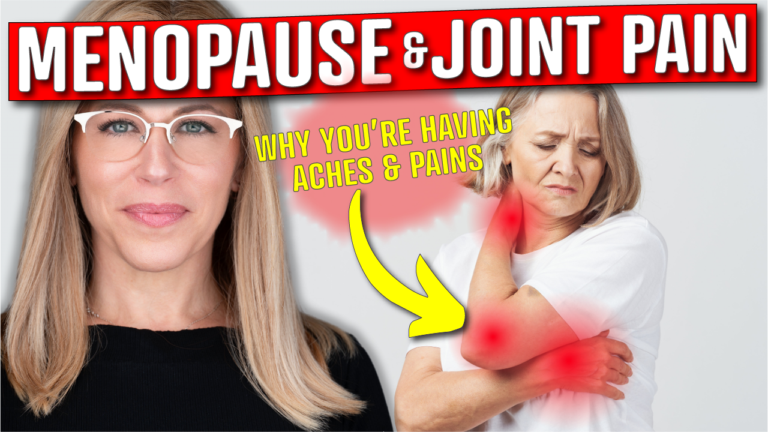What is Endometriosis?
Endometriosis is an inflammatory condition where endometrial-like tissue grows outside of the uterus. It is a common condition, 10% of women have endometriosis and frequently have an 8- 10 year delay of diagnosis. So many women live with the condition for years before they are diagnosed.
Endometriosis symptoms can include:
- Pelvic floor dysfunction
- Bowel, bladder, and sexual dysfunction
- Bloating/ distension/ constipation
- Low back pain
- Hip, groin and/or abdominal pain
- Painful intercourse
- Painful periods and/or ovulation
- The feeling of pulling or tension in the abdomen because endometriosis causes adhesions which cause tissues or organs to stick together
The pelvic floor muscles are almost always affected ( about 70%) in women who have endometriosis because the pelvic organs literally sit on the third layer of pelvic floor muscles, the levator ani.
In addition, due to the inflammation and pain, the pelvic floor muscles become tight an effort to protectively guard the area.
This becomes a perpetual cycle of inflammation, irritation, and pain, It becomes a situation where there are several overlapping conditions going on at the same time. For example, The presence of endometriosis itself, pelvic floor dysfunction, and musculoskeletal imbalance ( many women with endo “grip” their muscles as a response to pain and develop trigger points).
The decision to have surgery for endometriosis is multifactorial and largely a quality-of-life issue.
Excision surgery is the gold standard for surgery for the treatment of endometriosis, the most permanent and effective!
This is what you need to know…
- Do your homework and due diligence when choosing a surgeon,
- Nancy’s Nook is a great forum full of resources.
- Do you research and interview doctors, ask them what their training is specifically with regard to endometriosis excision surgery?
- what percentage of their practice is endometriosis?
- How many excisions have they done?
- Be sure to go to a qualified excision specialist.
Pelvic floor physical therapy should be the first line of defense in conservative treatment and symptom management for endometriosis, regardless of whether there is surgical intervention or not because there are almost always overlapping conditions that need to be addressed.
A trained pelvic floor physical therapist can help to improve symptoms, prevent flares and to teach clients a home program to manage the symptoms on your own allowing you to live your best pain free life!!





